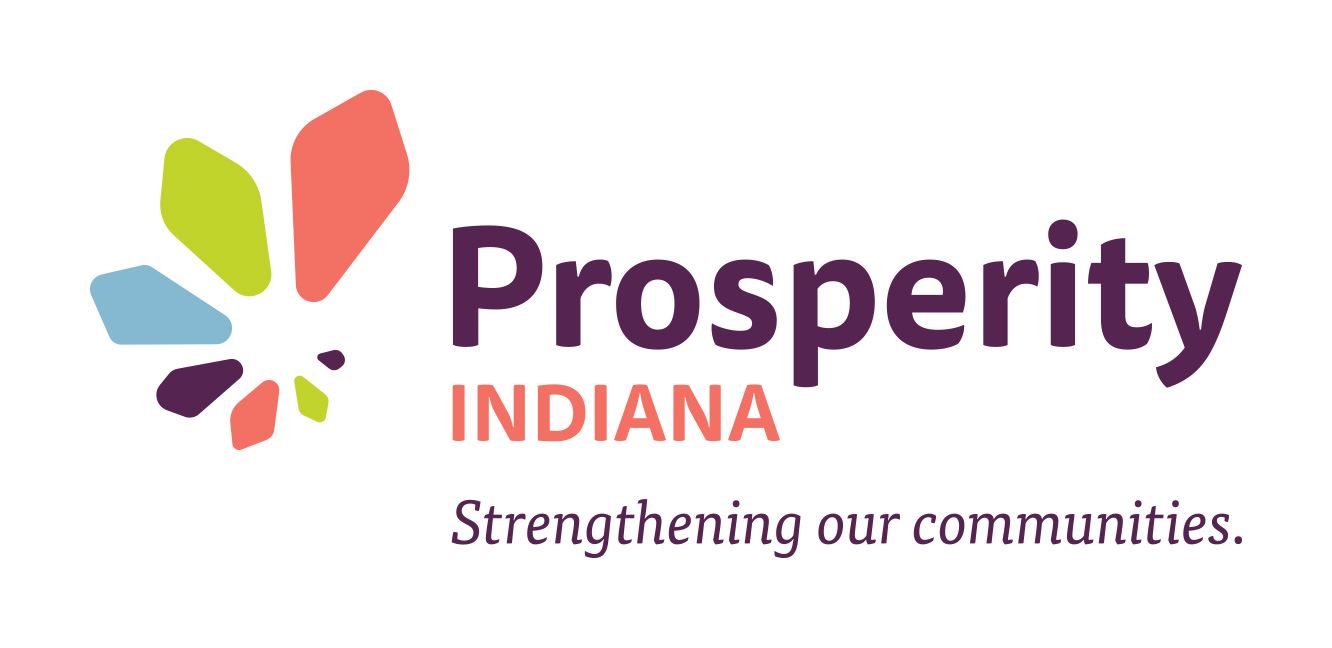Tuesday July 12th, I had the pleasure of attending an online webinar hosted by the National Equity Atlas aimed at creating awareness for a recently released update which added poverty and the working poor as new economic vitality indicators, essentially meaning these subjects can now be measured. National Equity Atlas is a comprehensive data tool developed by PolicyLink and the University of Southern California’s Program for Environmental and Regional Equity and provides extensive pools of data to be used by community leaders and policy makers in an attempt to create equal opportunities for the commonly disenfranchised such as low income individuals, people of color, and immigrants. In this way the National Equity Atlas hopes to help drive the change to make the economy more equitable, sustainable, and resilient.
The National Equity Atlas is an extremely useful tool for organizations like the Indiana A&O Network as it provides graphs and other images to better clarify poverty across America. For instance, the recent updates provides two entirely new indicators to their dataset allowing the measurement of poverty and the working poor. This data can then be broken down further by dividing it into several different levels, such as race/ethnicity, ancestry, age, poverty level, and more. Other methods of interacting with the data are looking at datasets for a specific city, state, and eventually country which can further be compared with other cities, states, and counties thereby providing state and local community organizations with even more relevant data to use at their disposal.
By using the National Equity Atlas to look at Indiana’s poverty trends, we are able to see that poverty has risen since 2000 for all races and ethnicities but that the Asian and Pacific Islander population has managed to remain relatively unscathed with only 36.92% of households living below 200% of the poverty level when compared with the percent of other races/ethnicities living below 200% of the poverty level such as Native Americans (45.48%), Blacks (55.68%), and Latinos (57.78%). However upon further investigation and distinguishing by ancestry, we see that 83.5% of Indiana’s Burmese population is living below 200% of the poverty level-the highest in the state. This is significant due to Indiana’s historical connection with Burmese refugees as a location for resettlement. Through this analysis we can see that although households are struggling with poverty across the board in quite frankly staggering numbers, the Burmese population has been hit especially hard and require particular attention.
We at the Indiana A&O Network are constantly working towards strengthening the financial knowledge of vulnerable Hoosiers statewide. Luckily, with tools like the National Equity Atlas, we are better positioned to advocate the necessity of asset building strategies to policy makers and consumers alike.
To learn more about the National Equity Atlas, please visit http://nationalequityatlas.org/.

